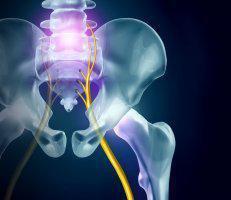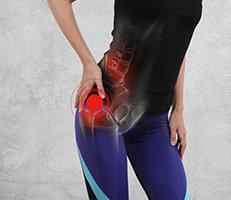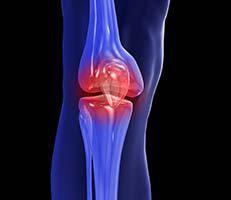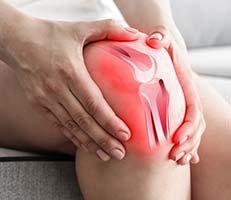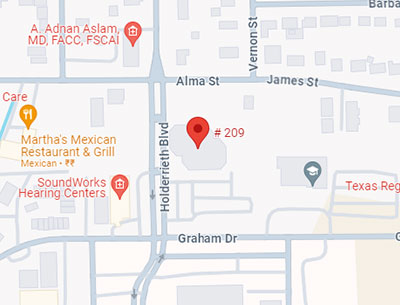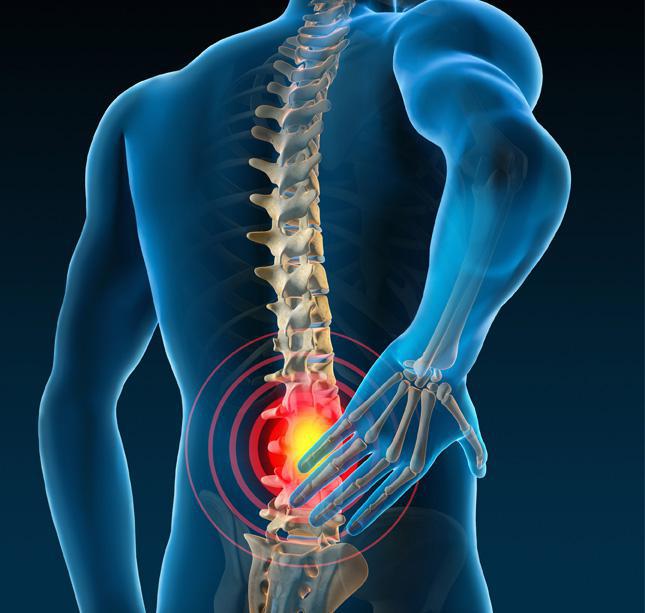
Spinal Cord Stimulation (SCS) is a safe and effective therapy that has been used for more than 40 years to help people take control of their chronic pain. SCS is the most commonly used implantable neurostimulation technology for management of pain syndromes—as many as 50,000 neurostimulators are implanted worldwide every year. SCS is a widely accepted FDA-approved medical treatment for chronic pain of the trunk and limbs (back, legs and arms).
HOW DOES SPINAL CORD STIMULATION WORK?
Spinal Cord Stimulation, or SCS, offers hope for many of the estimated 75 million people who suffer from chronic pain. SCS sends electrical impulses that trigger nerve fibers selectively along the spinal cord, masking the pain message traveling to the brain. When this happens, the painful sensation is replaced with a soothing, tingling sensation.
This feeling is similar to the relief you might feel by rubbing or massaging an area after an injury occurs. The electrical impulses can be targeted to specific locations and—as pain changes or improves—stimulation can be adjusted when necessary.
SCS is prescribed for the treatment of chronic neuropathic pain of the back, trunk, or limbs. Many people with failed back surgeries, RSD, CRPS, phantom limb, and other types of neuropathic pain have had great success with the SCS. It is most commonly used to treat low back and lower extremity pain. Thousands of patients with severe chronic painful conditions have received relief with spinal cord stimulation.
WHAT ARE THE BENEFITS OF SPINAL CORD STIMULATION?
With Spinal Cord Stimulation (SCS), you can experience numerous benefits in addition to the relief of your pain. Some of the benefits of SCS therapy include:
- The ability to try the therapy before having a permanent system placed in your body. You can test drive the SCS system to see if it helps control your pain before committing to a permanent system.
- While many Level 3 therapies are permanent, even a permanent SCS procedure is reversible. Even though the device is surgically implanted, it can always be turned off or surgically removed by your pain specialist.
- SCS therapy may help control difficult pain in the low back and legs—even when other therapies have failed.
- It is approved by the FDA for the management of chronic intractable pain of the trunk (low back) and limbs (legs and arms).
- It is covered by most health insurance plans, including Medicare.
There is no guarantee that Spinal Cord Stimulation will alleviate all of your discomfort.
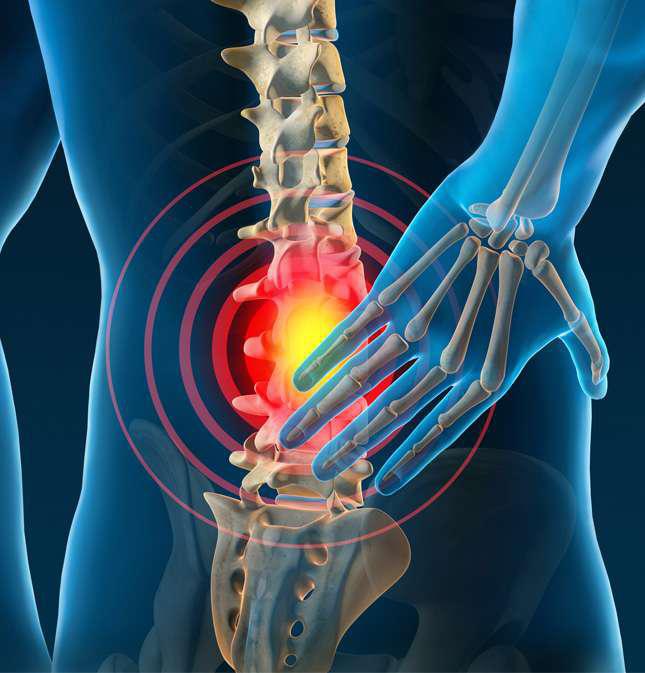
HOW DO I KNOW SPINAL CORD STIMULATION WILL WORK?
One of the advantages of SCS therapy is that the patient gets to “test drive” an external version of the device to see if spinal cord stimulation is an effective treatment for their pain. During the “test drive,” insulated leads are inserted through a needle or small incision in an anesthetized area near the spinal cord. As a part of the procedure, the patient may give the physician feedback on where to place the leads for maximum pain reduction.
Once your pain specialist locates the “sweet spot,” the leads are connected to an external trial stimulator that is tucked inside an external belt. The patient also gets a wireless remote control so they can increase or decrease the electrical impulses to reduce their pain. The external version is typically worn anywhere from a few days to one week. This trial period gives the patient the opportunity to decide if SCS effectively reduces their pain.
IS SPINAL CORD STIMULATION RIGHT FOR YOU?
Spinal Cord Stimulation may be an effective tool in reducing your chronic pain. However, it is important to understand that pain is unique to each individual—not everything works the same on everyone. SCS is one of several therapies used to help control severe, ongoing neuropathic pain. Other options, which doctors usually try first, include physical therapy, different types of medications, injections and sometimes surgery.
Talk to your pain management specialist to find out if Spinal Cord Stimulation (SCS) can help you take control of your pain. SCS is generally considered successful if:
- Your pain is significantly reduced
- You are able to get back to your daily activities
- You are able to relax and sleep better
- The goal of Spinal Cord Stimulation is to achieve significant or total relief from back pain and to be able to return to a happy, productive lifestyle.
PERMANENT IMPLANTATION
After the patient has completed the “test drive,” the patient and pain specialist will decide whether or not spinal cord stimulation is an effective therapy. If they decide to go forward, then the patient will undergo another surgical procedure to surgically place the device. The leads may be inserted in a procedure similar to an epidural. In some cases, a pain specialist may recommend a surgical lead, also known as a paddle lead.
In this case, the paddle lead is placed at the target site during a surgical procedure. Patients may remain awake during this procedure, under local anesthesia and light sedation. In other cases, general anesthesia may be administered. Besides a cordless remote control, the patient will also receive a portable, cordless charger and a base station for the charger.




